In this bustling world, saving energy at home is not only eco-friendly but also budget-friendly.
From simple swaps to tech-savvy solutions, each of the tips is designed to make your home more energy-efficient without sacrificing comfort.
Dive into these hacks and discover how easy it is to make a big impact with small changes.
1. Switch to LED Lighting
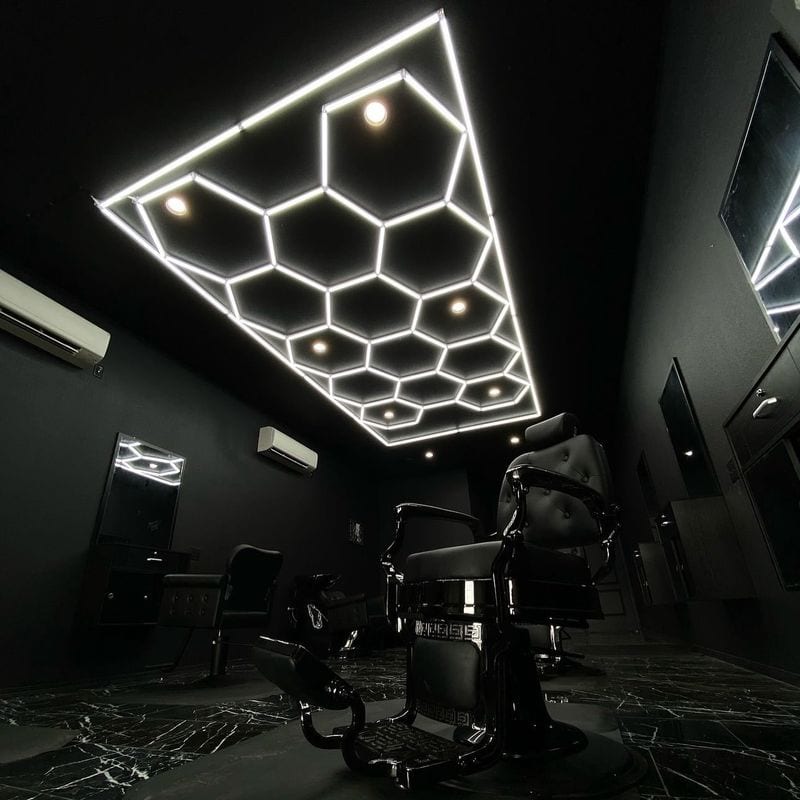
Switching to LED lighting is a simple yet effective way to save energy. These bulbs use up to 75% less electricity than traditional incandescent bulbs, making them a cost-effective choice.
LED bulbs have a longer lifespan, reducing the need for frequent replacements.
By investing in LED lighting, you can significantly cut down on energy consumption.
This small change not only benefits the environment but also helps lower your electricity bills, providing a win-win situation for homeowners.
2. Install a Programmable Thermostat
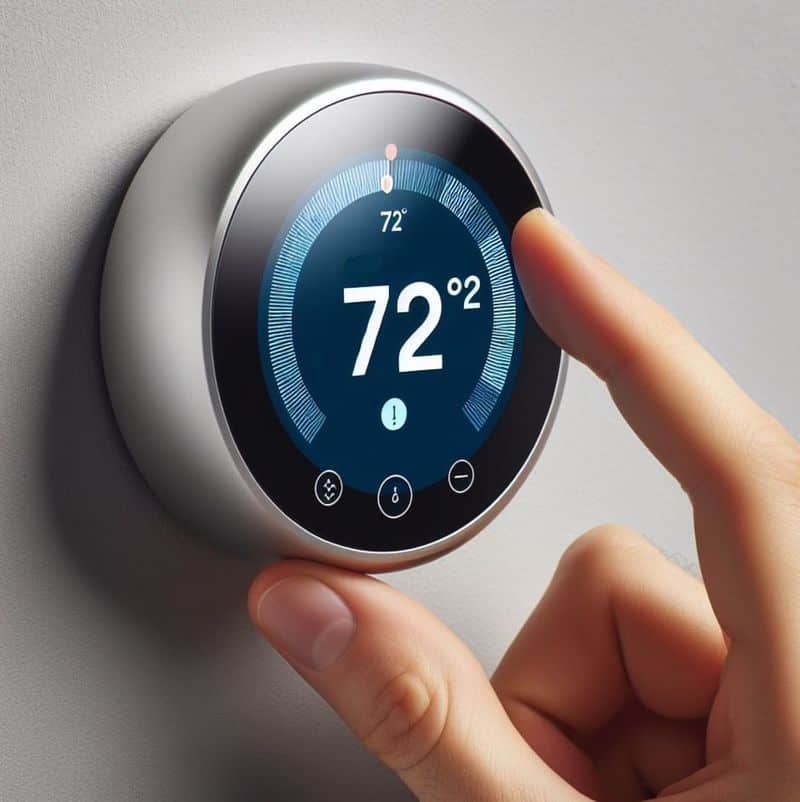
Installing a programmable thermostat is a smart way to manage your home’s temperature efficiently.
It allows you to set specific temperatures for different times of the day, optimizing comfort and energy use.
By adjusting the settings during hours when you’re away, you can save significantly on heating and cooling costs.
This simple device can lead to energy savings of up to 10% annually, making it a wise investment for any household looking to reduce utility expenses.
3. Hang Clothes to Dry

Using a clothes dryer consumes a significant amount of electricity. When weather permits, hang your clothes outside to dry naturally.
The sun and wind provide a free and gentle drying process that also helps to freshen your laundry.
If outdoor drying isn’t an option, consider using a drying rack indoors. Position it near a sunny window or in a well-ventilated area for the best results.
Not only does air drying save electricity, but it also extends the life of your clothes by reducing wear and tear caused by the dryer.
4. Use Energy-Efficient Appliances
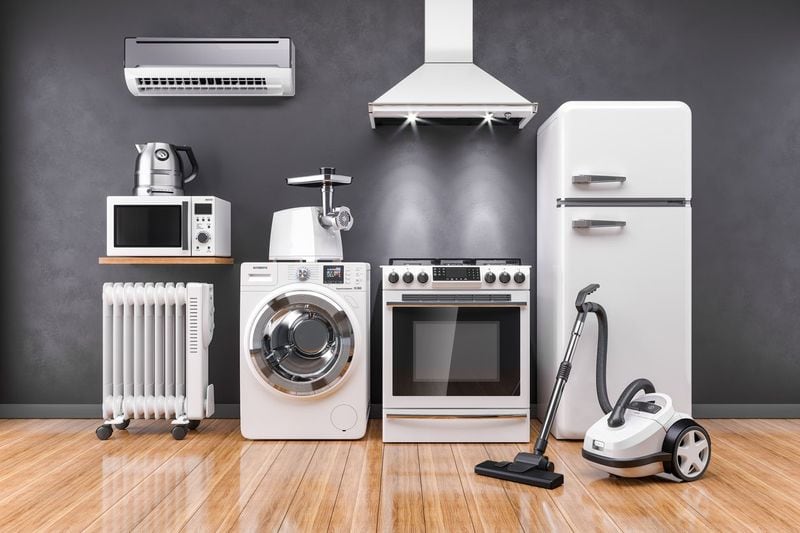
Using energy-efficient appliances is a powerful way to save on electricity. Look for the Energy Star label when purchasing new devices, as these are designed to consume less power while maintaining performance.
Upgrading to energy-efficient models can lead to substantial savings over time.
Though the initial investment may be higher, the reduction in utility bills and environmental impact makes it worthwhile.
5. Utilize Smart Power Strips
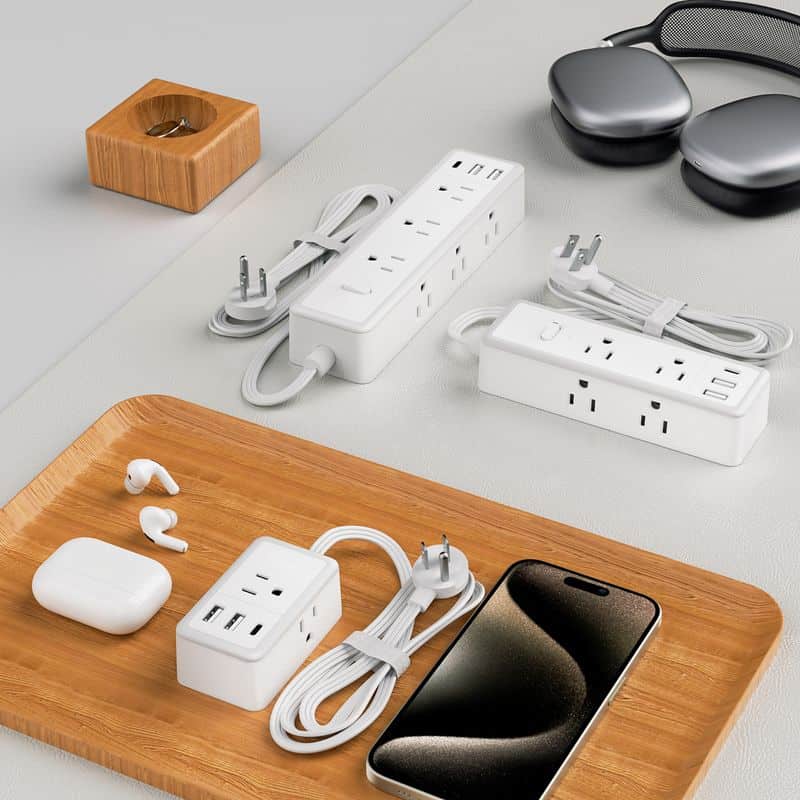
Smart power strips are a clever solution to reduce energy waste. Many electronics consume power even when turned off, known as phantom loads.
A smart strip cuts off power when devices are not in use. By using these power strips, you can eliminate unnecessary electricity usage, saving both energy and money.
They’re particularly useful in areas with multiple electronics, such as home offices or entertainment centers, offering an easy way to manage power consumption.
6. Embrace Natural Lighting

Embracing natural lighting can significantly reduce the need for artificial lighting during the day.
Open curtains and blinds to let the sunlight in, creating a warm and inviting atmosphere.
Not only does this save energy, but it also enhances your home’s ambiance. Consider using light-colored walls and reflective surfaces to maximize the effect.
This simple change can lead to a more sustainable living environment, contributing to lower electricity bills and a brighter home.
7. Insulate Your Attic
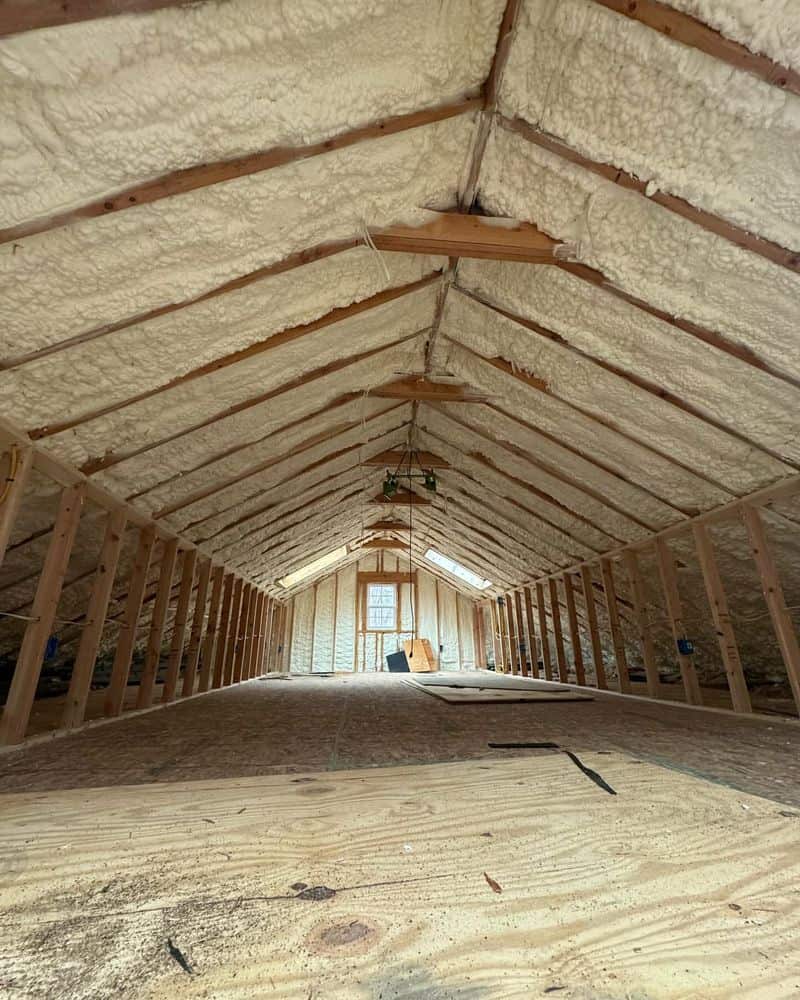
Insulating your attic is a crucial step in maintaining energy efficiency. Proper insulation prevents heat from escaping during winter and keeps your home cool in summer.
This reduces the strain on your HVAC system, leading to lower energy consumption. Investing in quality insulation materials is a smart choice for long-term savings.
By keeping your home insulated, you create a more comfortable living space while reducing your environmental footprint.
8. Opt for Solar Panels
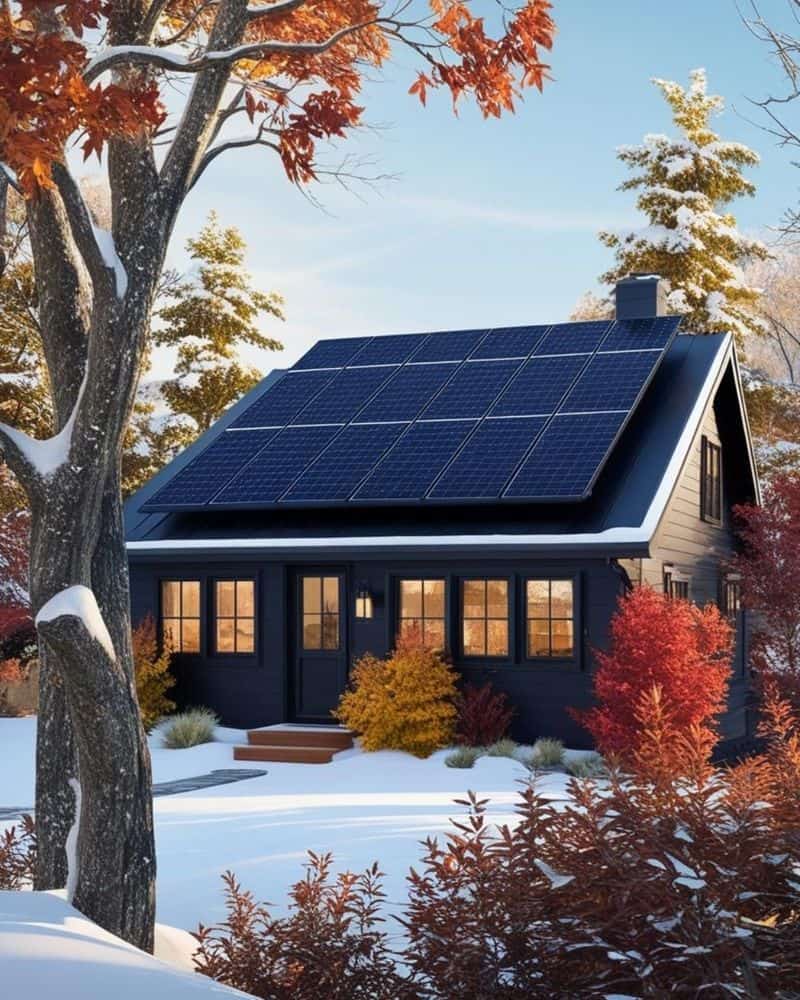
Opting for solar panels is a forward-thinking decision for energy-conscious homeowners.
They harness the sun’s power to generate electricity, reducing reliance on traditional power sources.
Though the initial cost can be high, government incentives and long-term savings make it an attractive option.
Solar panels can significantly lower or even eliminate your electricity bills. This investment not only pays off in financial terms but also contributes to a greener planet by utilizing renewable energy.
9. Seal Gaps and Cracks
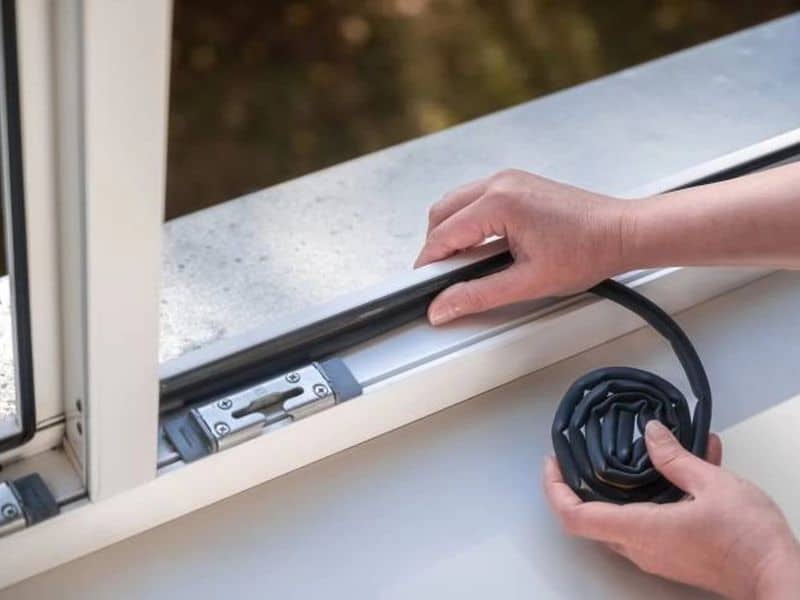
Ensuring that your home is properly sealed can make a significant difference in energy consumption.
Begin by identifying any gaps or cracks around windows and doors, as these openings let in drafts that increase heating or cooling demands.
Use weather stripping or caulk to seal these areas effectively. Not only does sealing help in maintaining your desired indoor temperature, but it also prevents moisture and pests from entering your home.
10. Use Ceiling Fans Wisely

Using ceiling fans wisely can enhance your home’s energy efficiency.
In the summer, fans create a cooling breeze, reducing the need for air conditioning. In winter, reverse the fan’s direction to push warm air down.
This simple technique helps maintain a comfortable temperature without over-relying on HVAC systems.
By incorporating ceiling fans into your energy-saving strategy, you can enjoy a more pleasant indoor environment while cutting down on energy costs.

